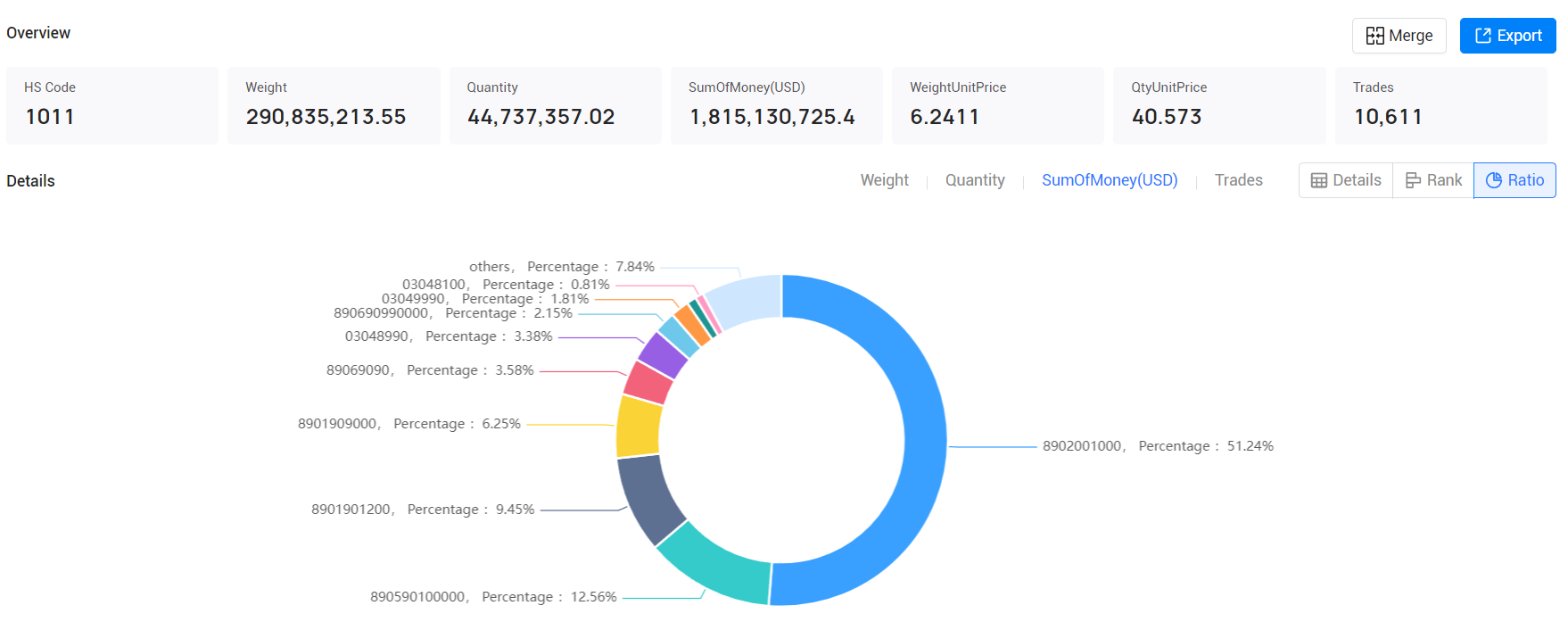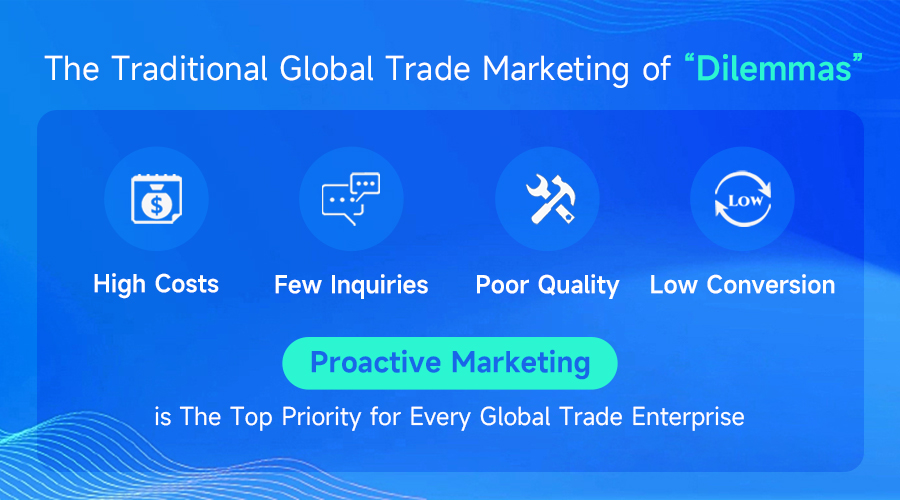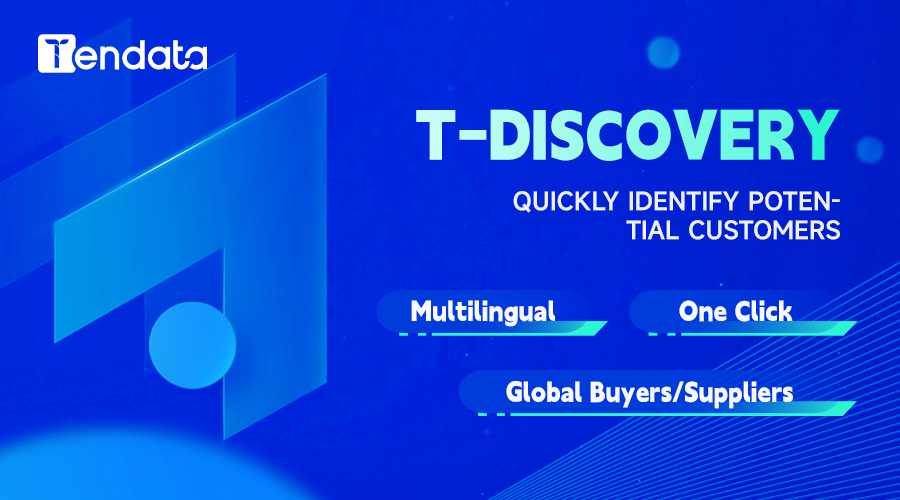 Export News
Export News
 16-05-2024
16-05-2024
According to Danish export data, in 2023, Denmark exported products worth $136.5 billion globally. From 2022 to 2023, the total value of Denmark's exports increased by 5.2%, up from $129.8 billion in 2022.

Denmark's Top 5 Trading Partners
In 2023, Danish export data shows that more than two-thirds (70.1%) of Denmark's export products were shipped to the following 10 countries:
1. France: $17.9 billion (16.6%)
2. Belgium: $12.0 billion (11.1%)
3. United States: $8.1 billion (7.5%)
4. Sweden: $7.6 billion (7%)
5. Italy: $6.5 billion (6%)
6. Spain: $6.3 billion (5.8%)
7. Germany: $5.6 billion (5.2%)
8. Norway: $4.8 billion (4.4%)
9. United Kingdom: $4.2 billion (3.9%)
10. Turkey: $2.8 billion (2.6%)
According to Danish export data, approximately three-quarters (75.5%) of Denmark's export value was sent to other European countries, while 12.9% went to Asian countries. In 2023, EU member countries purchased 71.3% of Denmark's export products. Denmark additionally exported 7.2% of its goods to North America. Smaller proportions were sent to importers in Latin America (1.54%), Oceania (1.5%), and Africa (1.3%).
According to the Danish export data provided by Tendata, the top ten Danish export products in 2023 were:
1. HS Code:8902001000(47.44%, $0.15 Billion):Fishing vessels; factory ships and other vessels for processing or preserving fishery products (excluding fishing boats for sport): Trawlers and othr fshing vessels
2. HS Code:56029000(12.84%, $0.04 Billion):Felt, impregnated, coated, covered or laminated (excl. needleloom felt and stitch-bonded fibre fabrics)
3. HS Code:890690990000(3.81%, $0.01 Billion):Ships, incl. rescue ships (excl. warships, rowboats and other ships of headings 8901 to 8905, as well as ships for scrapping): the rest.
4. HS Code:84513090(2.99%, $0.01 Billion):Ironing machines and presses, incl. fusing presses (excluding calenders): 0ther presses
5. HS Code:8901901200(2.09%, $0.01 Billion):Vessels for the transport of goods and vessels for the transport of both persons and goods (excl. refrigerated vessels, tankers, ferry-boats and vessels principally designed for the transport of persons) : Not motorised: Of gross tonnage exceeding 26 but
6. HS Code:3048200(1.83%, $0.01 Billion):Frozen fillets of trout "Salmo trutta, Oncorhynchus mykiss, Oncorhynchus clarki, Oncorhynchus aguabonita, Oncorhynchus gilae, Oncorhynchus apache and Oncorhynchus chrysogaster"
7. HS Code:902140000000(1.81%, $0.01 Billion):Hearing aids (excl. parts and accessories) + detailed label not available +
8. HS Code:8431430000(1.33%, $0 Billion):Parts for boring or sinking machinery of subheading 8430.41 or 8430.49, n.e.s. + detailed label not available +
9. HS Code:350790900019(1.21%, $0 Billion):Enzymes and prepared enzymes, n.e.s. (excl. rennet and concentrates thereof, lipoprotein lipase and aspergillus alkaline protease)
10. HS Code:1901100000(1.16%, $0 Billion):Food preparations for infant use, put up for retail sale, of flour, groats, meal, starch or malt extract, not containing cocoa or containing < 40% by weight of cocoa calculated on a totally defatted basis, n.e.s. and of milk, sour cream, whey, yogurt, kep

What can Tendata customs data help enterprises with?
1. Market Analysis
- Market Trends Analysis: Tendata's customs data helps businesses analyze market trends, understand the import and export volumes and growth trends of specific products or industries, and monitor changes in various country markets. Based on Tendata's market analysis, businesses can more accurately select target markets, including considering markets with large import and export trade volumes, rapidly growing demand, and understanding information about potential trading and cooperation partners.
- Product Analysis: By gaining insight into the performance of different products in international markets, businesses can optimize product positioning. Tendata's customs data also provides information on competitors' import and export activities, helping to develop more competitive strategies.
- Competitor Analysis: Using Tendata, businesses can analyze competitors, staying updated on their trade dynamics, import and export prices, trade volumes, etc., enabling rapid adjustments to market strategies.
>> Learn More About Tendata <<

2. Customer Development
- Customer Profiles: Tendata's customs data provides access to customers' import and export records, helping businesses understand their purchasing behavior, including the types of products purchased, quantities, frequencies, etc. This assists in forming customer profiles, allowing businesses to better understand customer needs and preferences. By analyzing customers' trading partners, businesses can understand the supply chain networks in which customers operate, thus gaining insights into their business environment and potential cooperation opportunities.
- Customer Background Checks: Tendata's customs data includes customers' trade history and payment records, facilitating credit assessments. By understanding customers' payment credibility, businesses can prudently select partners, reducing transaction risks. Through customs data, businesses can check whether customers' trading activities comply with relevant regulations and compliance standards, ensuring that cooperation with customers is based on legal and regulatory compliance.
- Lead Generation: By analyzing Tendata's customs data, businesses can directly obtain customer contact information and proactively reach out to foreign trade customers via email, LinkedIn, phone, other social media platforms, etc., for direct marketing and lead generation!
>> Get a Free Demo Now <<

Category
Leave Message for Demo Request or Questions


 T-info
T-info T-discovery
T-discovery

 My
Tendata
My
Tendata Market Analysis
Market Analysis Customer
Development
Customer
Development Competitor
Monitoring
Competitor
Monitoring Customer Relationship
Customer Relationship





































































































































